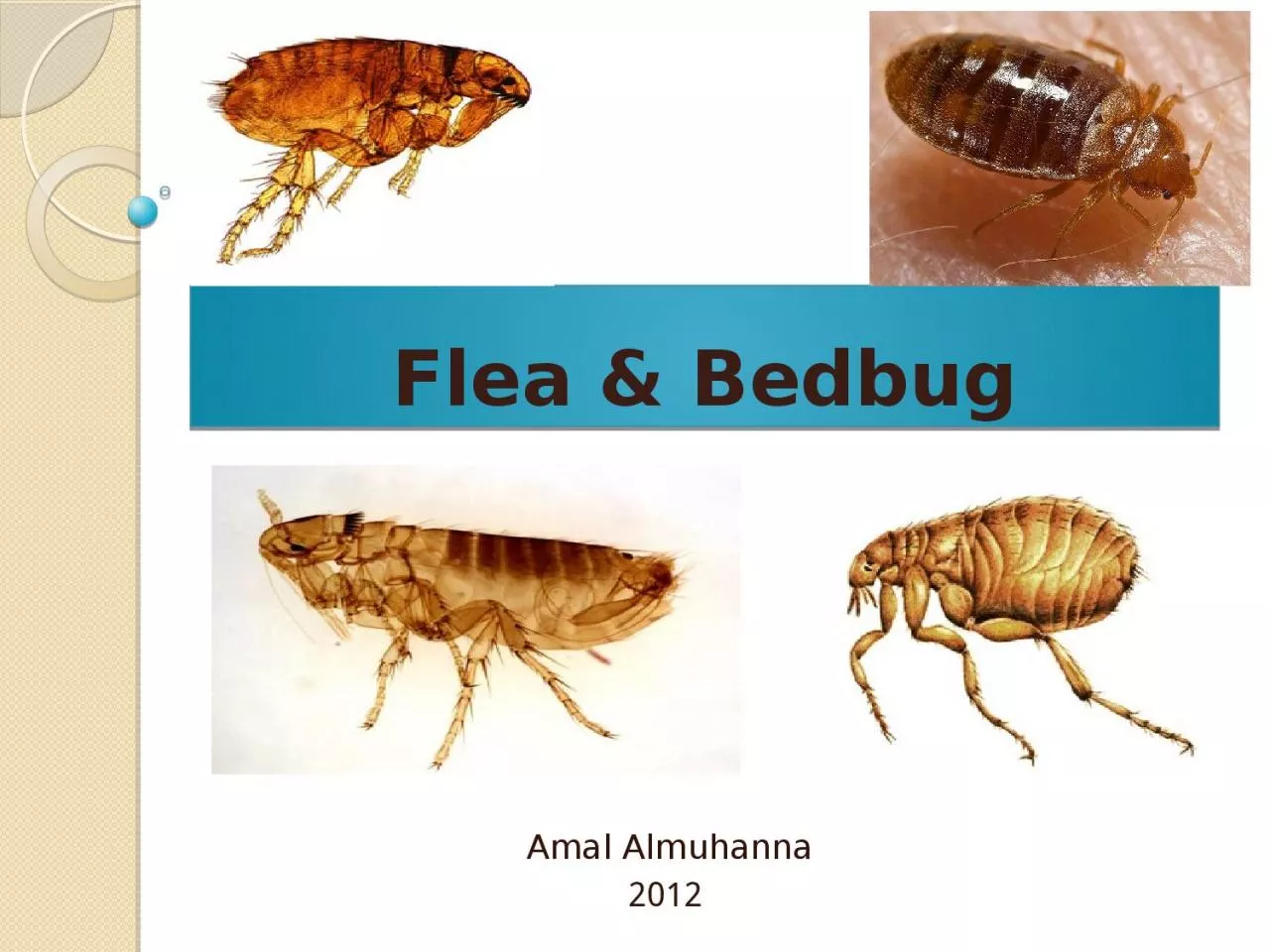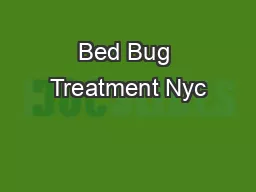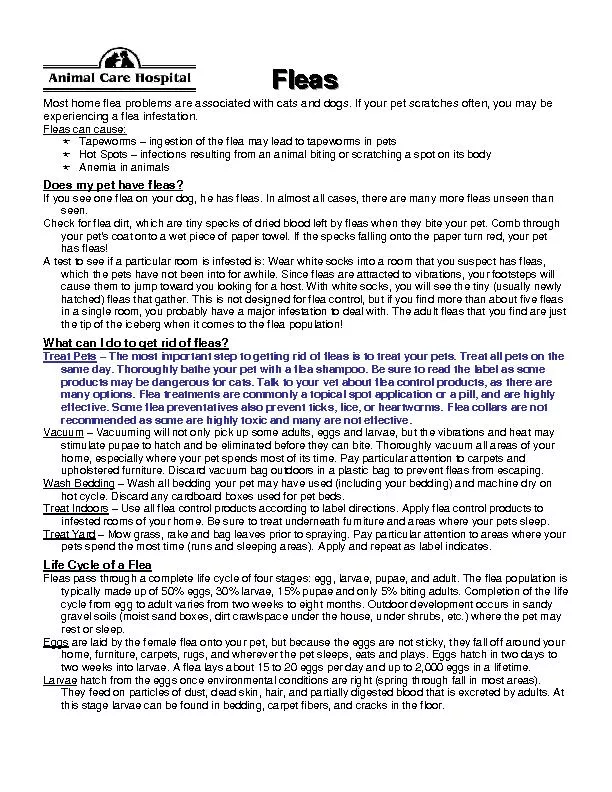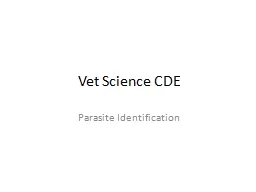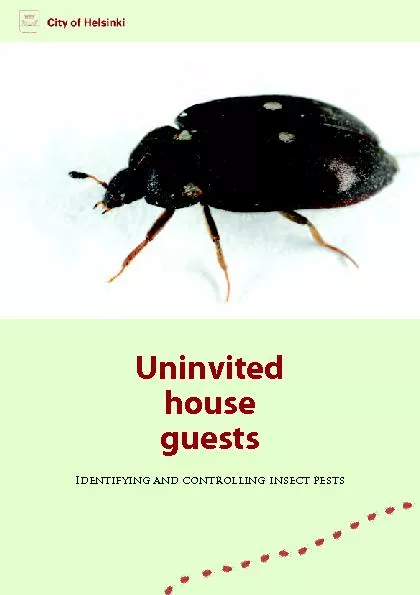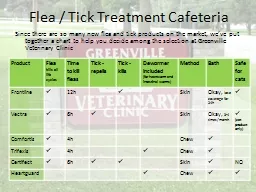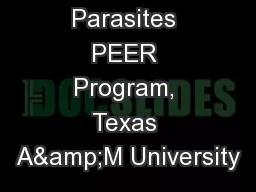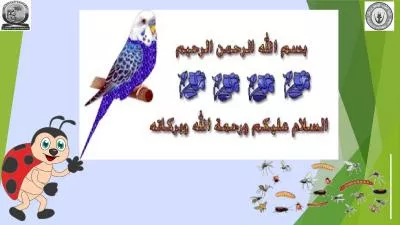PPT-Flea & Bedbug Amal
Author : iris | Published Date : 2024-01-13
Almuhanna 2012 Bed bugs Cimex lectularius Bedbugs are parasitic insects that feed on blood and prefer human blood but will also feed on chickens and other
Presentation Embed Code
Download Presentation
Download Presentation The PPT/PDF document "Flea & Bedbug Amal" is the property of its rightful owner. Permission is granted to download and print the materials on this website for personal, non-commercial use only, and to display it on your personal computer provided you do not modify the materials and that you retain all copyright notices contained in the materials. By downloading content from our website, you accept the terms of this agreement.
Flea & Bedbug Amal: Transcript
Download Rules Of Document
"Flea & Bedbug Amal"The content belongs to its owner. You may download and print it for personal use, without modification, and keep all copyright notices. By downloading, you agree to these terms.
Related Documents

